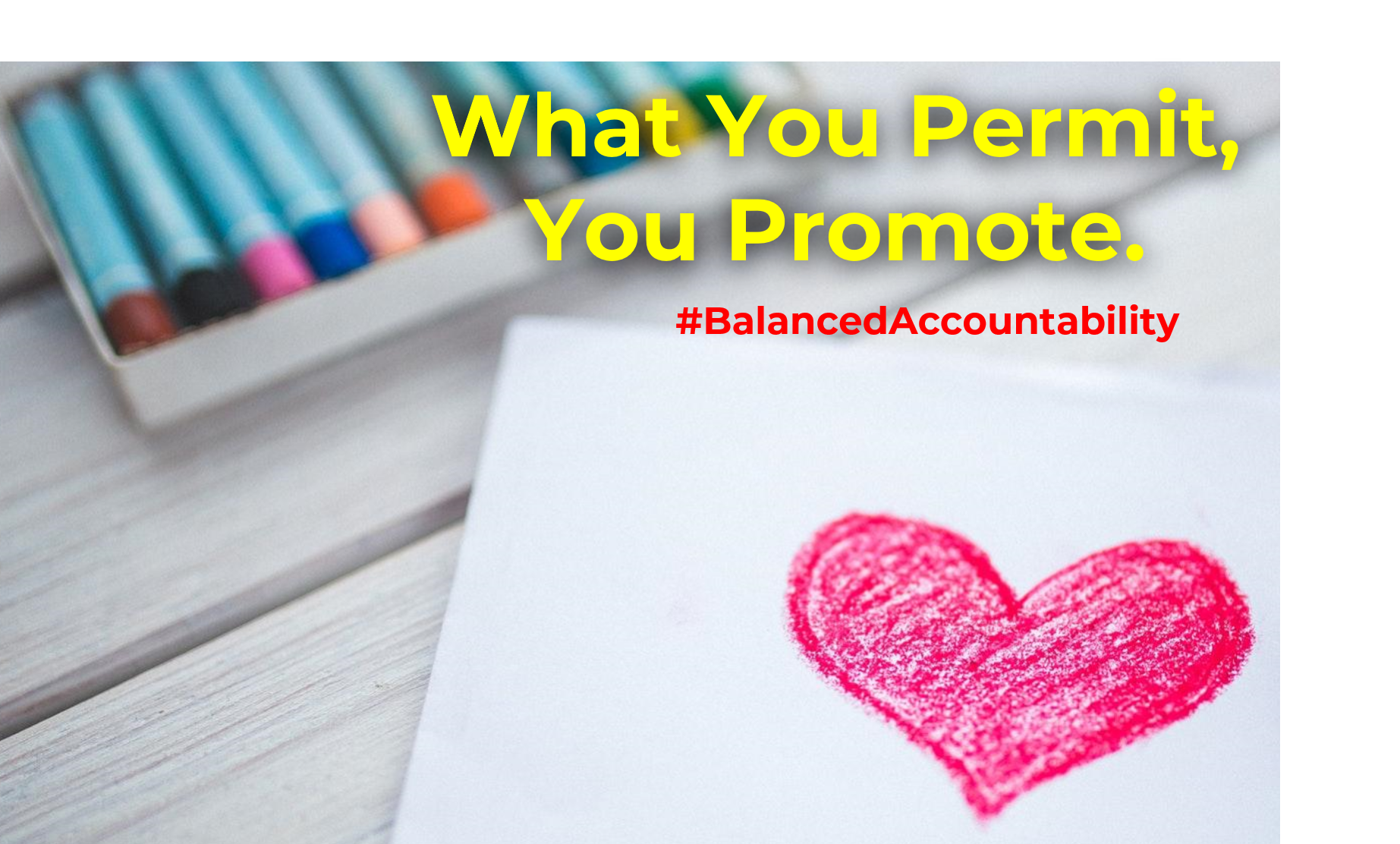The naughty word
Eighty-two percent of American employees don’t feel recognized by their supervisors. Sixty percent say that they find recognition more motivating than money. If you are losing employees left and right, you need to face the fact that the issue may be your leadership. You need to hold yourself accountable.
Most people hate the word “accountable.” It’s reminiscent of punishment. This stems from misunderstanding and misusing both the word and the practice. Accountability is a tool for improvement, not a means to reprimand.
Lead instead of manage
High turnover and low performance are the results of poor leadership. The problems you’re having with your employees are a direct result of your own practices. That may be hard to hear (and accept), but think about it. Do you deal with unread emails, missed deadlines or tardiness?
These are all signs that you aren’t leading — you’re managing. In other words, you’re not holding them accountable. A disengaged team is a temporary team.
The 3Ps: no more excuses
In a Partners in Leadership study, 84% of subjects cite their leaders’ behavior as the most important factor in determining the accountability of their work. Employees will thrive in an environment that enhances their abilities, and the best way to do this is with the 3Ps: personal, positive and performance accountability.
P1: personal accountability
This is the most important “P” of the program. As a leader, you need to hold yourself accountable first. You need to demonstrate self-awareness and humility in your work ethic before asking employees to do the same. Ask for feedback on your performance as a leader. Find solutions to your issues, and don’t get defensive. You set the precedent for the rest of your team.
P2: positive accountability
Positivity is a must if you want to see sustainable results. It’s how good managers become great leaders. Studies have shown that positivity is as contagious as negativity — meaning that creating positive experiences at work is worth it. This step not only reduces turnover, but it also increases profitability. These are two things that make work a more enjoyable place to be.
P3: performance accountability
This is more in line with what you may generally think about accountability — as in “holding someone accountable” for his or her actions. But, when done wrong, you’re inviting your team to resist and resent your leadership. You don’t need to use shame to hold someone accountable. Performance accountability lets you coach your staff instead of penalizing it for its mistakes. Your employees need to know that you have faith in them. Otherwise, you’ll find yourself with an unmotivated and unstable workforce.
Leading with positivity
Create an environment that your team loves, and your turnover rates will plummet. Employees who love their jobs tend to stay there and flourish. You are the only one who can change your company’s culture, and that will only happen when you take action. It may not feel natural or comfortable at first, but, as JP Morgan once said, “The first step towards getting somewhere is to decide you’re not going to stay where you are.” Choose to feel the discomfort now, and your new behaviors will not only get easier, but they’ll also pay off.
Publicly praise your employees
Go around and catch people doing things right, instead of being the “gotcha” manager. It’s such an ego boost when your leader gives you praise, especially when it’s in front of your colleagues and higher-ups. Highlighting an employee takes very little effort, and it costs nothing. The payback, however, is huge. You can do it while walking around your carwash, or you can take time before or after a meeting to draw attention to someone’s recent win. Find genuine and frequent ways to uplift your employees. It’s vital to keeping them happy.
Share your gratitude
I have gone beyond writing thank you notes to my staff. I’ve actually written thank you notes to their spouses. If I needed an employee to put in overtime, I’d write a note to his or her family to show my gratitude and empathy. You don’t have to get too deep. A simple, “Thank you for your support while Julie works overtime. She’s important to our team, and we’ll make it up to you,” can go a long way. Personal or company-wide emails, notes left on desks, small gifts or a coffee run are all meaningful ways to give thanks to a hard-working team.
Send personalized gifts
This works because it shows appreciation for the employee’s work and individuality. A generic gift card won’t ignite those feelings for them. They might like the gesture, but it’s not going to create the positive experience you’re looking to get.
Get to know your employees. Is one of them always cold? He or she might like USB-heated gloves. What about a golfer? That person would enjoy a round on the course, especially if you play as well. If you have an employee with kids, consider passes to a movie theater or amusement park. There are countless ways to give personalized gifts that show you care. Treat everyone like a S.T.A.R. (Something They Always Remember).
Spending time together
Spending time with your team outside of work is a great experience for everyone. It doesn’t need to be complicated or awkward. Invite your staff out for pizza, or have them over for a barbecue or games. This will create a sense of community for your employees. That feeling of belonging is crucial, and it won’t take much effort.
When you’re digging a hole with turnover, the first thing you need to do is throw away the shovel and build a ladder. The ladder to positivity is recognition and respect. Yes, it takes funds to give gifts and host parties, but look at this as an investment. Turnover is the expense that you can’t afford to have.
You may be responsible for people leaving your organization, but you also have the power to inspire their loyalty. Practice balanced accountability to create a healthy and happy work culture, and your employees will want to stay for as long as you will have them.
Get Your Free Checklist to Creating Peer-to-Peer Accountability
Hernani Alves is a business accountability expert, Amazon best-selling author and speaker that helps leaders build world-class teams. In his book, Balanced Accountability, Hernani reveals the framework needed to improve accountability in the workplace by winning hearts to maximize performance.
Get Your Free Checklist to Creating Peer-to-Peer Accountability
For a free six-question Employee Report Card, email [email protected]













